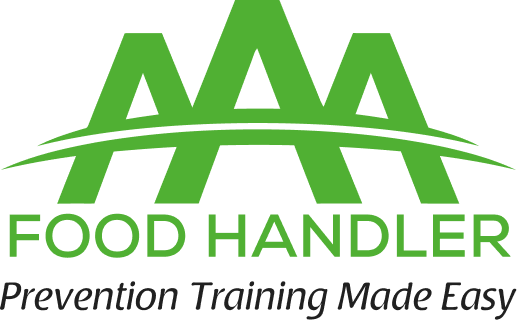CALIFORNIA
FOOD HANDLERS CARD
All Counties
$6.95
Not Valid in Riverside &
San Bernardino Counties
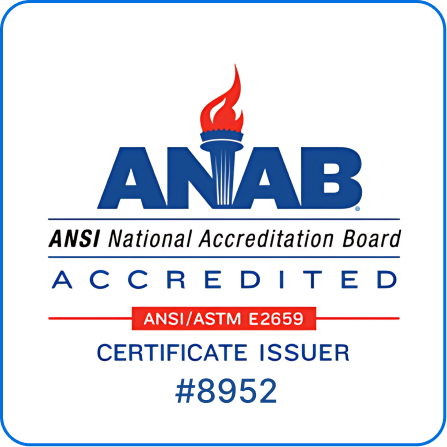
- ANSI National Accreditation Board (ANAB) Accredited
- Approved and Accredited in California
- 100% Online, Accessible 24 hours a Day, 7 Days a Week
- Course Duration: 1.5 Hour
- Course Access: 3 Months from Purchase
- Owners/Managers: Manage, Track, and Report Employee Progress
- Certificate of Completion upon Successful Completion of Final Exam
- Exam Passing Score 70%
- 2 Chances to Pass the 40 Question Final Exam
- Languages Available: English, Spanish
What is California SB 476 Employer Compensation for Food Handler Certificates?
As of January 1, 2024, employers must cover the cost of food handler training, the exam, and any associated fees. Employees must also be compensated for the time spent completing the training.
Our clients
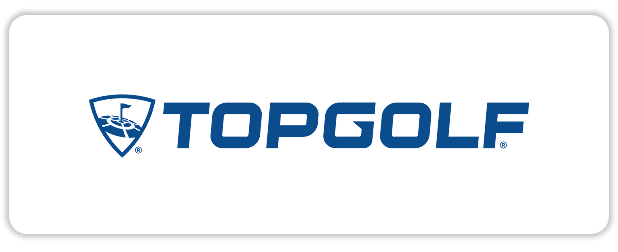


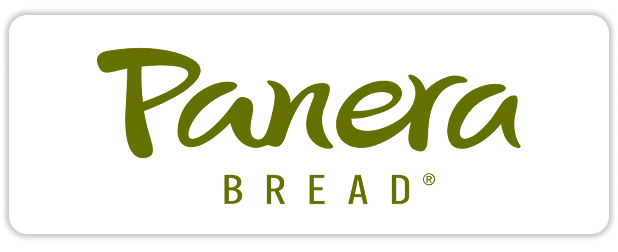
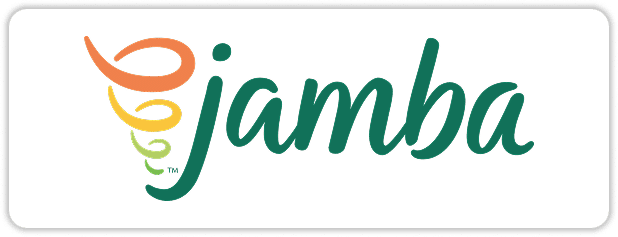

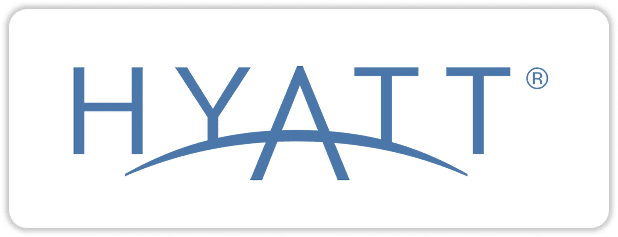
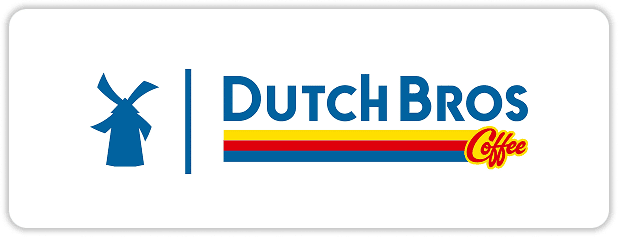
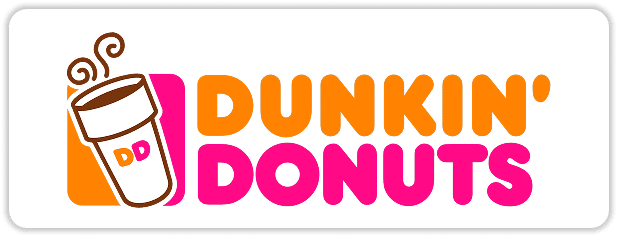

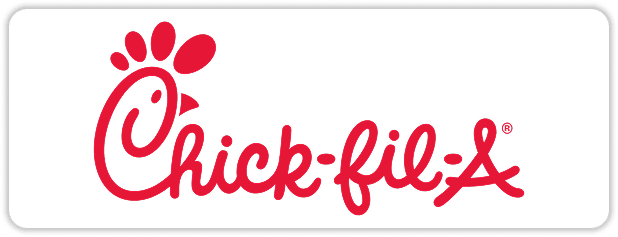

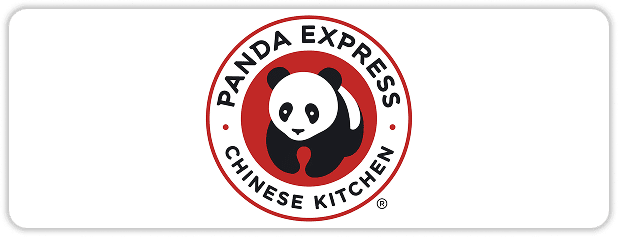
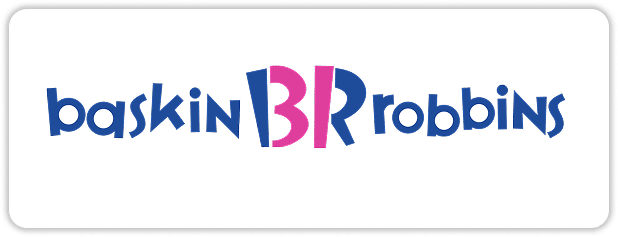


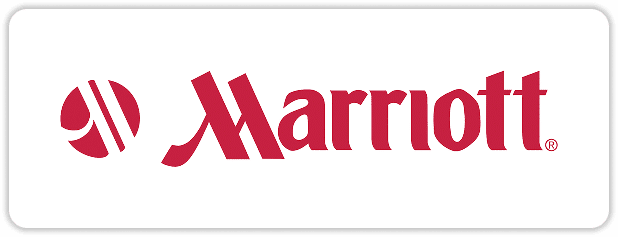

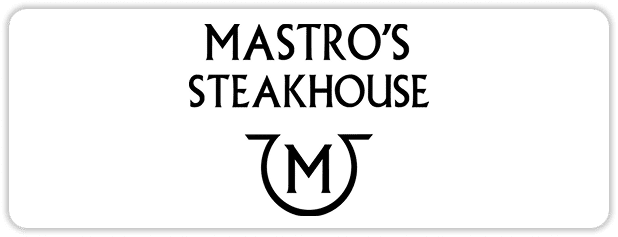
BENEFITS OF TRAINING
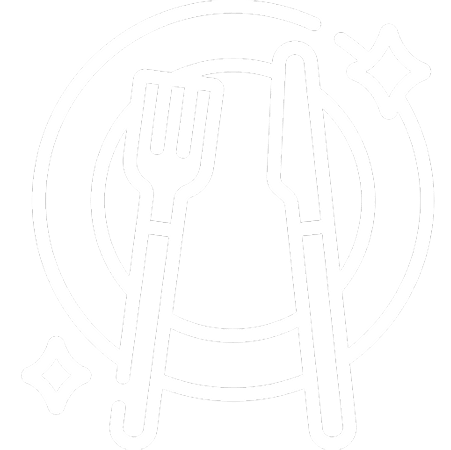
PREVENT
Education is the best tool to prevent, minimize, or eliminate foodborne illnesses and food hazards.

AWARENESS

ELIMINATE
Training helps reduce or eliminate food safety hazards before they become major issues.

MINIMIZE

PRODUCTIVITY
Reducing food safety complaints will create a happier workplace and in turn increase productivity.

WORKPLACE SATISFACTION
WHY CHOOSE US

- Satisfaction Guarantee
- Online Interactive Course
- Meets and Exceeds State Guidelines
- Price Match Guarantee
- Owners and Managers: Manage, Track and Record Employee Progress
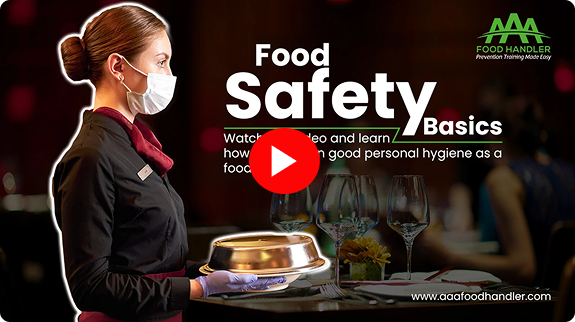
Getting Your Food Handler Card is Quick and Hassle-Free
Numerous professionals nationwide have already earned and renewed their card with AAA Food Handler — a trusted name in food safety training.
FREQUENTLY ASKED QUESTIONS (FAQs)
To obtain a California food handlers card, you must complete an ANAB accredited food safety training course and pass a final exam. The course is available online for convenience.
A California food handler card is valid for three years. You must renew it before the expiration date by retaking the course and exam.
As of January 1, 2024, employers must pay for the training, exam, and associated costs of obtaining a food handler card. Employees must also be paid for the time spent in training.
The cost varies, but state law caps the price at $15. Some providers, like AAAFoodHandler.com, offer cards starting at $6.95 with automatic group discounts for volume purchases.
The training takes around 2 hours to complete. It is self-paced, and there are no time restrictions.
Yes! The entire process, from training to testing, can be completed online. Once you pass the exam, you can instantly download and print your certificate.
Anyone involved in food preparation, storage, or service in a food facility must obtain a food handler card. This includes, but is not limited to:
- Cooks & head cooks
- Chefs & head chefs
- Servers
- Bartenders
- Hosts and hostesses who handle food
New Law: Employer Responsibility for Food Handler Training Costs
For years, existing California law required food employees to obtain and pay for their own food handler card training. However, with the passage of Senate Bill 476 (SB 476), the financial responsibility is now shifting to employers.
SB 476 amends Section 113948 of the California Health and Safety Code, which requires workers to obtain a food handler card within 30 days of hire and maintain a valid card throughout their employment. Under the new law, employers must:
- Cover the cost of the food handler training course and examination.
- Ensure training is provided during normal work hours.
- Compensate employees for the time spent completing training.
- Relieve employees of other work duties while they undergo training.
Comprehensive Training Solutions
To ensure compliance with California food handler training requirements under SB 476, AAA Food Handler offers a range of training solutions, including:
- Approved and Accredited in California
- 100% online accessible 24 hours a day, 7 days a week
- Course Duration: 1.5 Hour
- Owners/Managers: Manage, track, and report Employee Progress
- Certificate of Completion upon successful completion of Final Exam
- Exam Passing Score 70%
- 2 chances to pass the 40 question final exam
- Available in English and Spanish
Exemptions
Certain facilities and employees are exempt from the food handler training requirement, please check with your local health department.
Accredited Training for All of California (excluding Riverside County and San Bernardino County)
Our California food handler program is ANAB accredited and approved by the California Department of Public Health.
Group Discounts and Group Management System
With AAA Food Handler’s group training solutions, employers can efficiently track and oversee all training activities in one place.
By purchasing multiple trainings, you automatically become a Group Administrator, gaining access to powerful management tools that allow you to:
- Purchase in bulk to save time and money.
- Assign and re-send training sessions to employees as needed.
- Monitor student activity to track progress.
- Download certificates to ensure compliance.
- Update employee names and email addresses as necessary.
- Remove unused training slots to keep records organized.
- Bulk enroll students for seamless onboarding.
- Generate reports to track completion rates and compliance.
This all-in-one solution eliminates the hassle of manual tracking, making it easy to keep your team compliant and prepared for food safety regulations.
Seamless LMS Integration
For enterprise-level businesses, our proprietary technology integrates with most Learning Management Systems (LMS), allowing employers to:
- Assign training within their existing system.
- Track progress without separate logins.
- Avoid manual data imports or tracking inefficiencies.
Flexible Payment and Billing Options
Understanding cost concerns in the restaurant industry, we offer competitive pricing and multiple payment options:
- Bulk purchase discounts
- Invoicing and pay-as-you-go options
- Corporate discounts
Compliance Made Easy
Our 100% online food handler training ensures employees can:
- Learn at their own pace using any internet-connected device.
- Prepare for their exam with interactive, engaging course materials.
- Earn an ANAB accredited food handler card, meeting all state or county requirements.
The exam consists of 40 multiple-choice questions. You must score at least 70% to pass. You have two attempts to pass the test.
New food handlers have up to 30 days from their hire date to obtain a food handler card. After this period, working without one is not permitted.
As per California Health & Safety Code §113948, all food employees must complete an ANAB-accredited food handler training within 30 days of being hired. Employees working in counties with pre-existing regulations—such as Riverside, San Bernardino, and San Diego—must follow their county-specific rules instead.
Starting January 1, 2024, California Senate Bill 476 (SB 476) introduced new protections for food workers. Employers are now required to:
Cover the full cost of food handler training and any associated fees
Pay employees for the time spent completing training and exams
Excuse employees from regular duties during training
Not require applicants to already have a food handler card as a condition of employment
The food handler certificate remains valid for three years. Employees must provide a copy of the certificate to their employer, who must keep it on record and make it available upon request.
